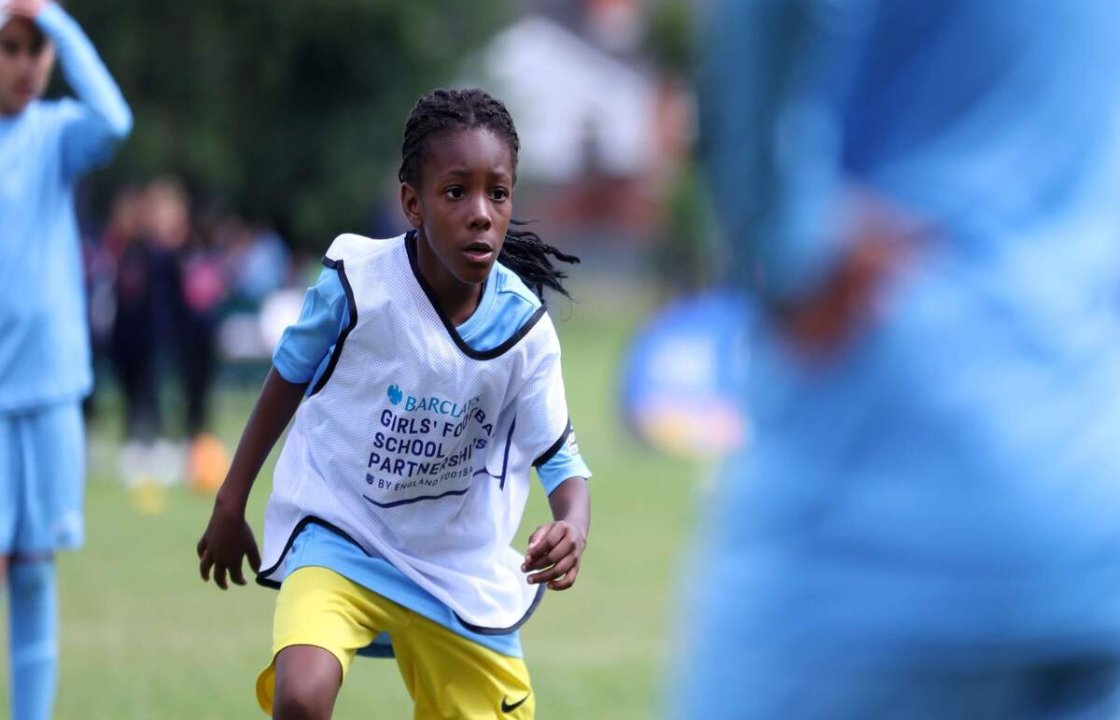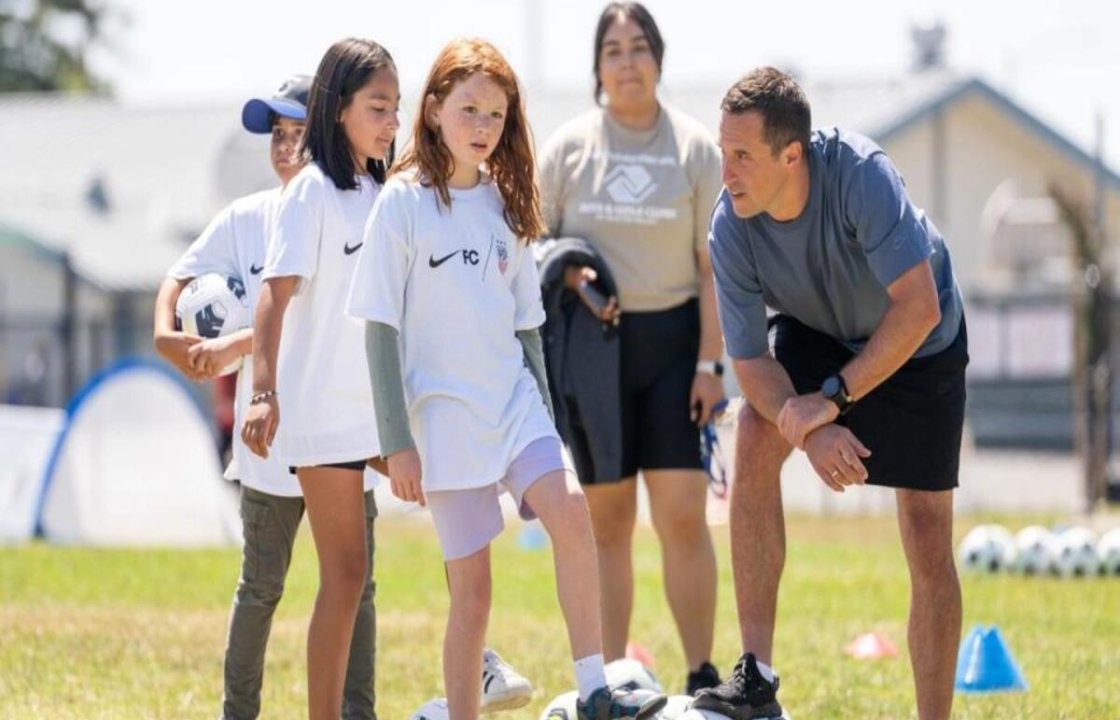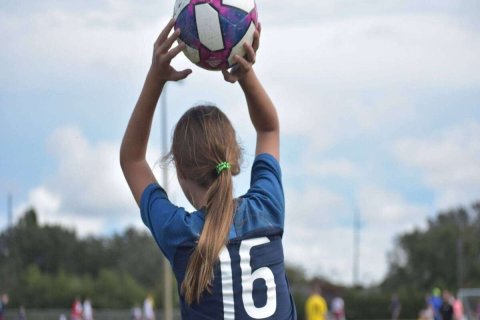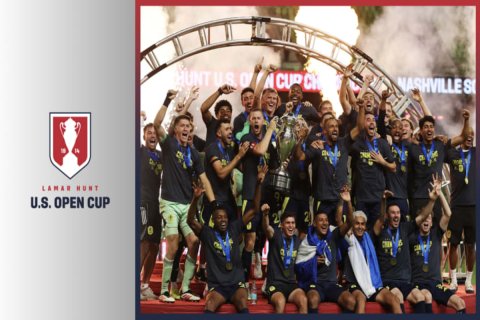A more inclusive and diverse future is not just a goal in US Soccer—it’s becoming the foundation of how the sport is played, managed, and experienced.
The Changing Face of American Soccer
The landscape of soccer in the United States has evolved dramatically over the past few decades. What was once considered a niche sport has blossomed into one of the fastest-growing athletic movements in the country. A key driver of this transformation has been the commitment to inclusion and diversity, two concepts that have reshaped not only who plays soccer, but who leads, supports, and consumes it.
In the past, soccer in the U.S. was often stereotyped as a sport for suburban, middle-class white youth. Today, however, the faces on the field, the sidelines, and in the stands are more reflective of the country's rich cultural mosaic. This shift didn’t happen by accident. It is the result of deliberate and persistent efforts made by clubs, governing bodies, grassroots organizations, and communities determined to create a game that welcomes everyone.
Grassroots Movements Leading the Way
One of the most influential forces in promoting diversity and inclusion in U.S. soccer has been the rise of grassroots programs in underserved communities. Organizations like Soccer Without Borders, Street Soccer USA, and America SCORES provide free or low-cost opportunities for youth from immigrant families, low-income neighborhoods, and minority backgrounds to engage with the sport. These initiatives have introduced soccer to populations who previously had little access due to economic or social barriers.
These programs are not just about playing the game; they also offer academic support, language development, and mentorship, recognizing that true inclusion means supporting the whole person, not just the athlete. They help develop confidence, identity, and a sense of belonging in environments where young players may otherwise feel excluded or marginalized.

Representation at the Professional Level
Despite progress at the community level, the challenge of achieving representation at the professional and administrative levels of U.S. soccer remains. For many years, the leadership of soccer organizations, from MLS clubs to national governing bodies, did not reflect the diversity of the communities they served. However, this is beginning to change.
The United States Soccer Federation (USSF) has introduced policies that promote inclusive hiring, support for minority coaches, and accountability for creating equitable environments. Professional leagues like the NWSL and MLS have established diversity councils and are investing in programs that prepare BIPOC (Black, Indigenous, and People of Color) and LGBTQ+ individuals for leadership roles in coaching, front offices, and broadcast media.
Additionally, more players are using their platforms to advocate for equity. Stars like Crystal Dunn, Weston McKennie, and Megan Rapinoe are speaking openly about racism, gender inequality, and social justice. Their influence is powerful because it comes from within the game—they are not outsiders asking for change, but insiders demanding it.
Challenges That Still Exist
While the progress is undeniable, the journey is far from over. Socioeconomic disparities still prevent many young athletes from participating in elite development pathways. Pay-to-play structures, lack of access to top-level coaching, and insufficient transportation options create a system where talent alone is not enough. Many Black and Latino players, despite their potential, are unable to reach the highest levels due to institutional barriers.
Additionally, the gender gap remains a concern. Although the U.S. Women’s National Team has set a global standard in terms of success and advocacy, young girls—especially those from communities of color—still face limited opportunities. LGBTQ+ players also continue to experience discrimination at various levels, making safe and affirming spaces critical to truly inclusive environments.
Education and Cultural Competency
Another essential element in the fight for inclusion is education. Many clubs and organizations now require anti-bias training, cultural competency workshops, and inclusive leadership seminars. These tools are not just symbolic; they help coaches, administrators, and teammates understand how to support diverse identities, avoid harmful assumptions, and build trust across cultures.

Creating a culturally competent environment means being able to listen, learn, and adapt. It means understanding the unique struggles and strengths that players bring with them—not seeing diversity as a checkbox but as a strategic advantage that enriches the game. When young players see coaches who look like them or who speak their language, it reinforces a simple but powerful message: “You belong here.”
Youth Academies and the Future of Equity
One of the most promising developments in recent years has been the creation of youth academies and scholarship-based training programs that prioritize inclusion. Academies tied to professional teams, as well as independent programs, are increasingly seeking to scout talent based on merit, not wealth or geography.
By eliminating cost barriers, these programs are beginning to shift the balance in talent development. The goal is not just to win trophies, but to ensure that the next generation of U.S. soccer stars comes from every zip code, every background, and every identity. This shift holds incredible promise for the national teams and domestic leagues, making them more competitive and representative of the country they aim to inspire.
Why Inclusion Matters
The commitment to diversity is not a passing trend—it is an acknowledgment that soccer is a global game best played when every voice is heard and every player has a chance. Inclusion makes teams stronger, fans more engaged, and communities more connected. It reinforces the idea that greatness can come from anywhere, and that the value of the sport lies in its ability to unite people across differences.
When a young immigrant girl in Los Angeles, a refugee boy in Minneapolis, or a transgender teen in Atlanta can all step onto the same field and feel equally welcomed, that is not just good for soccer—it’s good for society.
Connecting to the Mission at SIA Academy
At SIA Academy, we share the same values that drive inclusion and diversity in U.S. Soccer. Our programs welcome players from around the world, emphasizing not only technical and tactical development, but also cultural understanding, teamwork, and individual respect. Whether a student comes from Spain, the United States, Africa, or Asia, they find a home at SIA where differences are celebrated, and common goals unite us. We believe that by fostering a diverse environment, we empower our athletes to learn from one another, grow as people, and build the mindset needed to succeed in the global soccer landscape. Inclusion is not just part of our philosophy—it is the foundation of our excellence.






